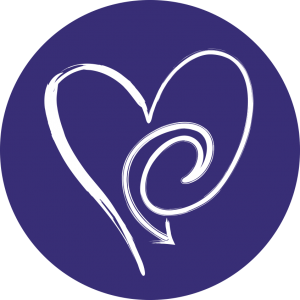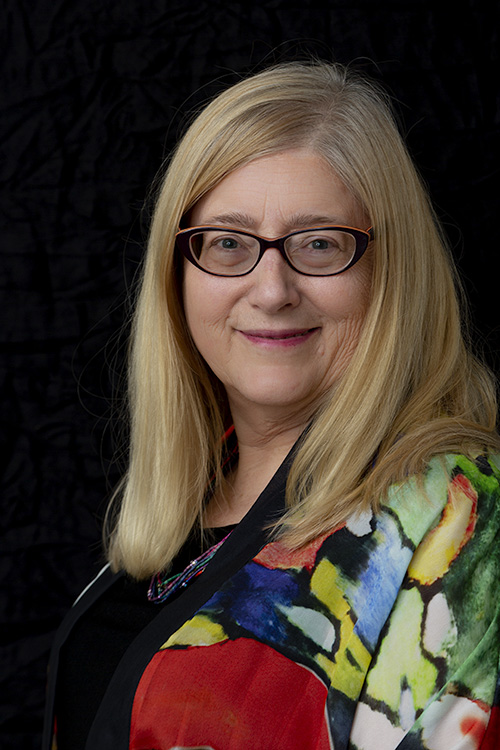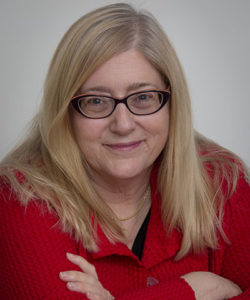The Active Grandmother Theory
We women, unique among female primates, live long past our childbearing years. There are good reasons why. I’ve written before about the Grandmother Hypothesis, the brainchild of Kristin Hawkes, a professor of anthropology at the University of Utah. Hawkes and her colleagues published the seminal article on grandmother theory in 1998. They showed that in modern-day hunter-gatherer societies, healthy grandmothers support their grandchildren by foraging for food (or by providing childcare to enable the mother to forage). Based on these findings, Hawkes believes that assistance from grandmothers increased the odds of grandchild survival among early humans, creating evolutionary pressure for grandmothers to live longer.
Hawkes also sees grandmothers as key to the complexity of human culture. In addition to women’s longevity after menopause, another distinguishing feature of humans is our lengthy childhood and adolescence. The Hawkes’ paper claims that our longer lives courtesy of grandmothers expanded all phases of the human lifespan and created our longer childhood. The longer dependent childhood enabled humans to learn longer, with grandmothers there to pass on the wisdom of the culture.
Hawkes’ study of modern hunter-gatherer societies helps us understand why human grandmothers live so long. But in first world countries, our relationship with our grandchildren looks different than in hunter-gatherer times. Mwenza Blell of Cambridge University reviewed updates to the original grandmother study in 2018 and found that these days the grandmother’s contribution to grandchild survival is often financial. Blell also summarized recent studies on the ways that other kin, including grandfathers, contribute to the success of grandchildren.
So, it is no surprise that we now have an update to the the active Grandmother Hypothesis that focuses on both male and female grandparents. The Active Grandparent Hypothesis is the 2021 brainchild of Daniel Lieberman and colleagues at Harvard. Liberman notes that other primates walk far less each day than the average human, and yet apes are unaffected by illnesses like cardiac disease that plague sedentary people. Lieberman hypothesizes that humans were selected not just for longer lifespans but also to remain physically active during that longer life, which sustained our contributions to grandchild survival. The article proposes the mechanism by which movement promotes longevity. Lieberman points out that activity stimulates repair and maintenance processes in the body. It has long been understood that exercise creates mini-injuries in muscle tissue, and in the Liberman hypothesis, the opposing process of repairing those tissues is essential to longer healthy living. If Lieberman is right, our long lives are the ultimate in use-it-or-lose-it.
When Gretchen Williams of the New York Times wrote about this new hypothesis, she circled back to Kirsten Hawkes for comment. Hawkes pointed out that evolutionary pressures differ for males and females because men can procreate much longer into their lifespans. On average, men do not live as long as women, and certainly don’t live as many years past their reproductive span. While exercise can give all genders a longer healthy old age, those effects are separate from the particular gift of extra years that evolution gives to older women.
Good point. Now let’s focus on what these two ideas together mean for us as Women of a Certain Age in the twenty-first century. How can we benefit from knowing that physical activity will keep us healthy, and not just alive, during our longer lifespan?
Be The Active Grandmother
To maximize our value to ourselves, the people we love, and those outside our immediate circle, we must thrive and not just survive. And movement is essential if we are to thrive. Yet the pandemic has made it more difficult to include movement in our daily lives, with unfortunate impacts on seniors. One study found the COVID-19 pandemic had lowered physical functioning and increased fall risks for older people, especially people with less physical activity. It is crucial to find ways to move that we can enjoy in the pandemic, whether it’s dancing in our living rooms, going for walks, or hitting the gym at off-peak hours.
I don’t know about you, but I hated gym class when I was in school. That forced physical activity turned me off completely. Only as a middle-aged woman did I discover the joys of swimming, dancing, and lifting weights. And that is joy for its own sake, not to meet external standards of appearance. While being in love with our bodies is great, all we need is body neutrality, the ability to view our bodies as good gifts regardless of how they look. Body neutrality frees us up to focus on what we decide is most important in our lives. We can enjoy movement regardless of body size and abilities.
Evolution cares nothing about us as individuals. We have received the gift of time because our foremothers were active grandmothers. These days, some of us have grandchildren while others do not; even for those of us with grandchildren, our contact may be limited by distance. We can become sources of wisdom for one another and for our collective grandchildren—the generations after us. We have the freedom to define our own value and our own roles in retirement. But that freedom comes with a condition: That we continue to move our bodies.
Gloria Steinem once said that women are the only people who become more radical with age. Our self-acceptance is radical in a society that marginalizes older women. Our writing is radical in a society that fails to tell our stories unless we tell them ourselves. We have lived long enough to witness every human failing, and so we are hard to fool. Our freedom is rare in a society that prizes overwork, and we can use that freedom to benefit our communities. It is incumbent on us to take care of ourselves and make the most of this fulfilling stage of life. Be The Active Grandmother. Let’s move in ways we enjoy.



2 Responses
Great Article, Stella!
Thanks Steevie! Right after I wrote it I saw new research showing that estrogen levels contribute to our interest in exercise – another quality of life argument for HRT. So many layers to improving our Third Age!